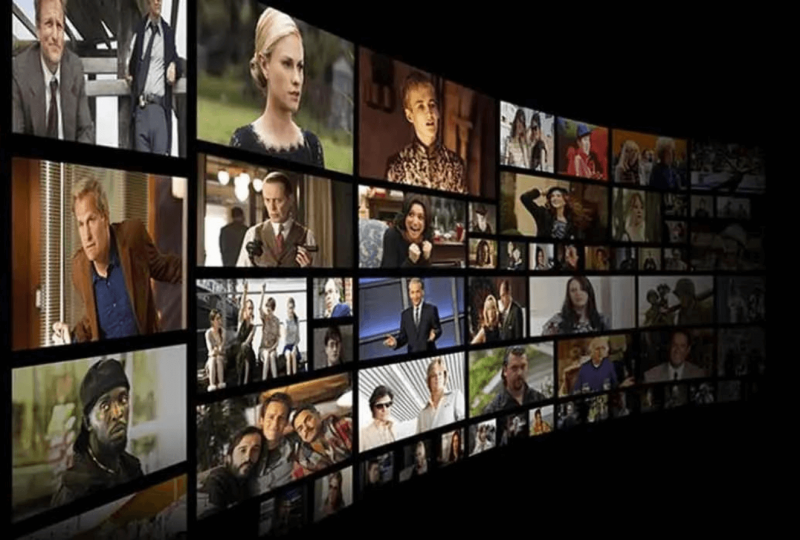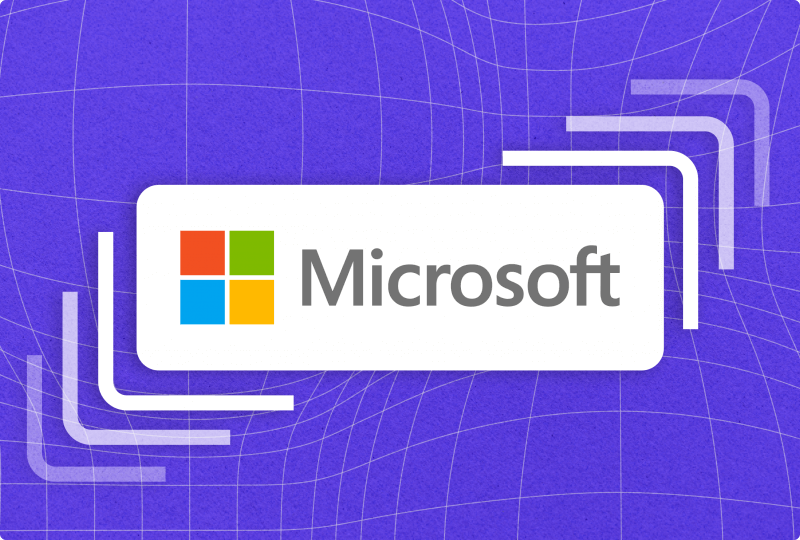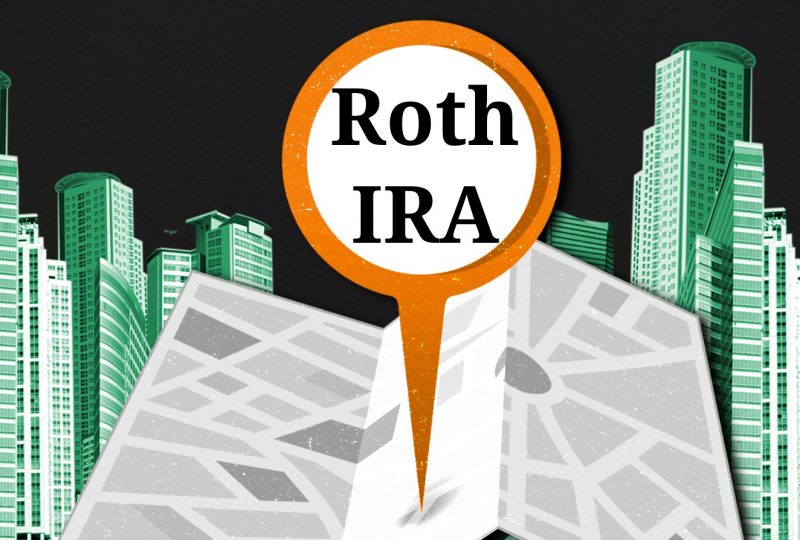Netflix, HBO, Comcast: The Biggest Streaming Mistake of the Year
Sep 06, 2022

Before the advent of streaming, most American homes (approximately 105 million of the 122 million total) paid for cable. This was due to the fact that cable was the only game in town. It also provided outstanding value for money for a long period.
Yes, everyone received a slew of channels that they paid for but never watched. But we both got what we wanted because you paid for channels I enjoy, and I did the same for you. The approach worked because everything was combined, with only premium experiences available a la carte (even then, you needed a base package before purchasing any premium channels).
Streaming altered that, basically creating a system in which customers pay much more per "channel" than they did previously while still getting exactly what they want. That system provides you less for more, but whatever you pay for is obviously of extremely great value to you.
With so many streaming players, we've created a meritocracy. People pay for channels (more accurately, services) that contain programming they want to see. It's actually that easy. I pay for Disney+ because I am a huge fan of Marvel and Star Wars. To me, every episode of every series generated in those universes seems like an event, which more than justifies the monthly subscription.
In fact, when it comes to the Walt Disney streaming service, I'd gladly pay more as long as the company keeps giving me shows I really want to see. Price isn't the driving factor here -- creating shows people really want to see is.
That's why Netflix, Warner Bros. Discovery, and Paramount Global all seem to be careening in the wrong direction.
Content Is More Important In Streaming Than Price
According to AllConnect, "the typical household cable package is currently $217.42 per month."
That implies a cord cutter may spend $200 on streaming services and still save money. In practice, this is quite difficult. You can, for example, keep under $100 by selecting the following options:
$75.99/month for Hulu Live (ad-free) with Disney+ and ESPN+
Max on HBO (no ads) $14.99
Netflix (basic): $15.49
For $106.46 per month, you get a nice variety of live-streaming channels with Hulu Live, a streaming version of traditional cable, and four other top-tier streaming services. You're paying less than half the usual cable rate, allowing you to add extra services if you truly want them while saving money.
When deciding which streaming services to subscribe to, it is not a matter of cost. It is about the services providing shows that you want to watch. That is why investors should be alarmed when companies like Netflix, Warner Bros. Discovery, Comcast, and Paramount believe that ad-supported tiers would preserve their sinking streaming services.
Make Better Shows and The Cost Becomes Irrelevant
Netflix had a lot of unique content in its early days. People could only see past seasons of a series in order if they purchased DVDs or VHS sets. That was a great bonus, but Netflix's true appeal was its early slate of classics, which included "House of Cards," "Orange Is the New Black," "Stranger Things," "The Crown," "Narcos," and a few more.
Netflix genuinely worked differently than its network competitors. It created a very small slate of high-quality programs. It also seldom discontinued shows before the producers had finished telling the entire plot. That made it simpler for me to commit to watching a new series because I knew if I loved it, it would be around until the end.
Netflix eventually abandoned its quality-over-quantity strategy, which HBO had utilized to become the leading premium cable channel, and became a content factory. That overlooks the fact that most customers subscribe to streaming services because they are thrilled about the content.
Millions of Comcast consumers did not sign up for Peacock, despite the fact that it is included in their cable package for free (a service that is being phased out). In most situations, this is because Peacock does not have a signature show.
Every firm (even Disney) promotes an ad-supported tier as a method to reduce expenses and attract more consumers to their services. In truth, if the content provided is great, a few bucks do not matter to the vast majority of users.
For example, Paramount debuted its streaming service with Super Bowl advertising showing "Star Trek," "Spongebob," and a few other non-top-tier franchises. Snooki from MTV's "Jersey Shore" participated in the commercial, and she's no Mandalorian.
Yes, a small fraction of customers may subscribe to a streaming service they're considering because it offers a cheaper ad-supported option. The fact is that while some existing customers may downgrade their subscriptions to a lower tier, a lower price will not result in a significant increase in signups.
Tentpole shows that people's desire to see is essential for streaming platforms. Disney has a lot of them, Netflix has a handful (most of which are towards the end of their run), and no one else has enough to be significant. Getting subscribers necessitates discovering hits, and without hits, pricing is nothing.




